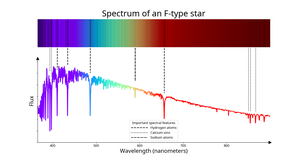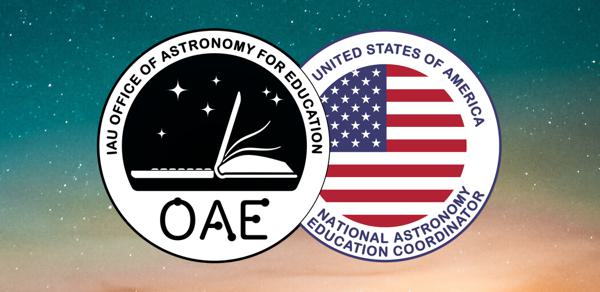Glossary term: F 型星
Description: 光谱类型为“F”的恒星。天文学家通过光谱中存在的中等强度的电离钙线和其他一些原子金属线以及微弱的氢吸收线来识别 F 型恒星。它们的典型(有效)温度大约在6000开尔文(K)到7400开尔文之间。与其他恒星相比,它们在人眼中呈现白色或黄白色,除非受到星际或大气的影响导致发红。北极星就是 F 型星的一个例子。
Related Terms:
See this term in other languages
Term and definition status: The original definition of this term in English have been approved by a research astronomer and a teacher The translation of this term and its definition is still awaiting approval
The OAE Multilingual Glossary is a project of the IAU Office of Astronomy for Education (OAE) in collaboration with the IAU Office of Astronomy Outreach (OAO). The terms and definitions were chosen, written and reviewed by a collective effort from the OAE, the OAE Centers and Nodes, the OAE National Astronomy Education Coordinators (NAECs) and other volunteers. You can find a full list of credits here. All glossary terms and their definitions are released under a Creative Commons CC BY-4.0 license and should be credited to "IAU OAE".
If you notice a factual or translation error in this glossary term or definition then please get in touch.
Related Diagrams
Spectrum of an F-type star
Credit: IAU OAE/SDSS/Niall Deacon
License: CC-BY-4.0 Creative Commons 署名 4.0 国际 (CC BY 4.0) icons









